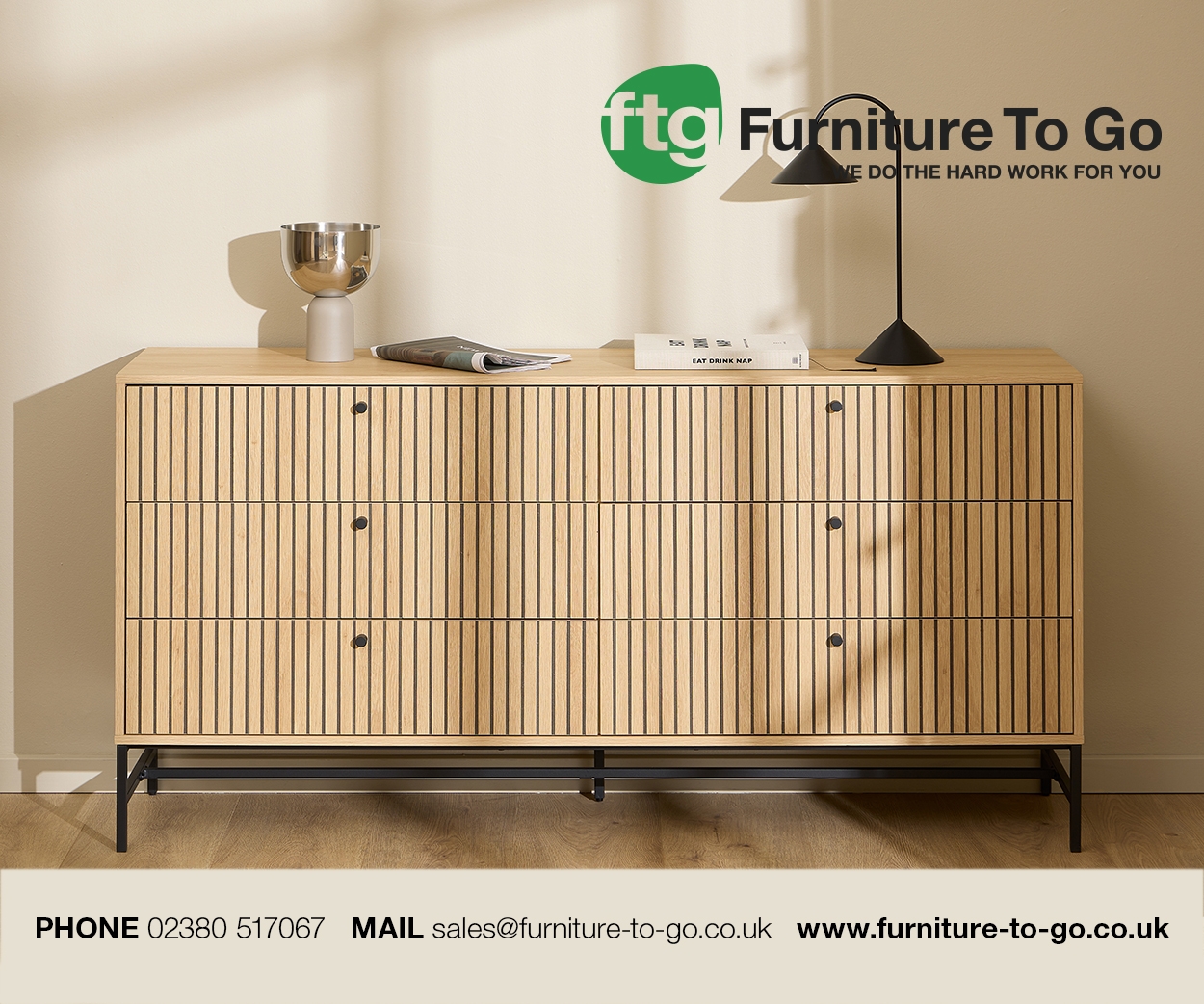Levent Caglar, head of consultancy and senior ergonomist at FIRA International, and leading figure on many standards committees, offers an insight into standards …
I’ve been involved in standards for over 30 years, and whilst I view them as being critical to safety, we never want to see them stifle innovation – which is so critical in our sector, and something I will touch on in more detail shortly.
Whilst safety is at the heart of the development of many standards, it’s not the only key driver. The purpose of ‘standardisation’ has a wider reach. Standards help guide the design, development and manufacture of furniture products which are fit for purpose and durable – which has an impact on sustainability. They also ensure a level of quality and give companies a criteria, enabling them to comply with standards. They can also give a marketing advantage – if you test to a standard, then why not tell your potential customers?!
A common query I am often asked concerns the relationship between standards legislation and standards. Mandated standards are cited in legislation – stating that the standard in question must be adhered to in order to sell a specific product or service (for example, upholstery used as part of a domestic sofa must fully comply with standards set out in the UK Furniture and Furnishings (Fire) (Safety) Regulations 1988 (as amended), andf failure to comply can lead to prosecution).
There are, however, voluntary standards, which do not form part of legislation, but they do show due diligence on your part if you meet them. An example here could be: ‘BS EN 1957:2012 Furniture. Beds and mattresses. Test methods for the determination of functional characteristics and assessment criteria.’ This standard would help assess product quality and durability, giving insight into the potential lifecycle of a product, and possibly customer satisfaction post-purchase.
When it comes to the development of standards, voices are key. There must be a balance of all stakeholders involved, from technical to safety to design. This ensures that standards do not restrain design innovation, but that design works in partnership with form and function instead. This is where the furniture industry can play a major role in developing standards. When you see a standard committee is calling for industry feedback, get involved and give your voice.
My work with the Furniture Industry Research Association places a heavy emphasis on all facets of standards, from developing new ones, to reviewing current ones and working to update or replace standards that no longer reflect the innovation we’re seeing across the furniture sector.
A main aim within this work is to assist members on developments to support them in planning changes to their design/manufacture for forthcoming changes in standards. We also look to improve member participation in standards development in terms of trialling new proposals, preparation of comments on draft standards, and enabling them to offer their expertise by working with us.










